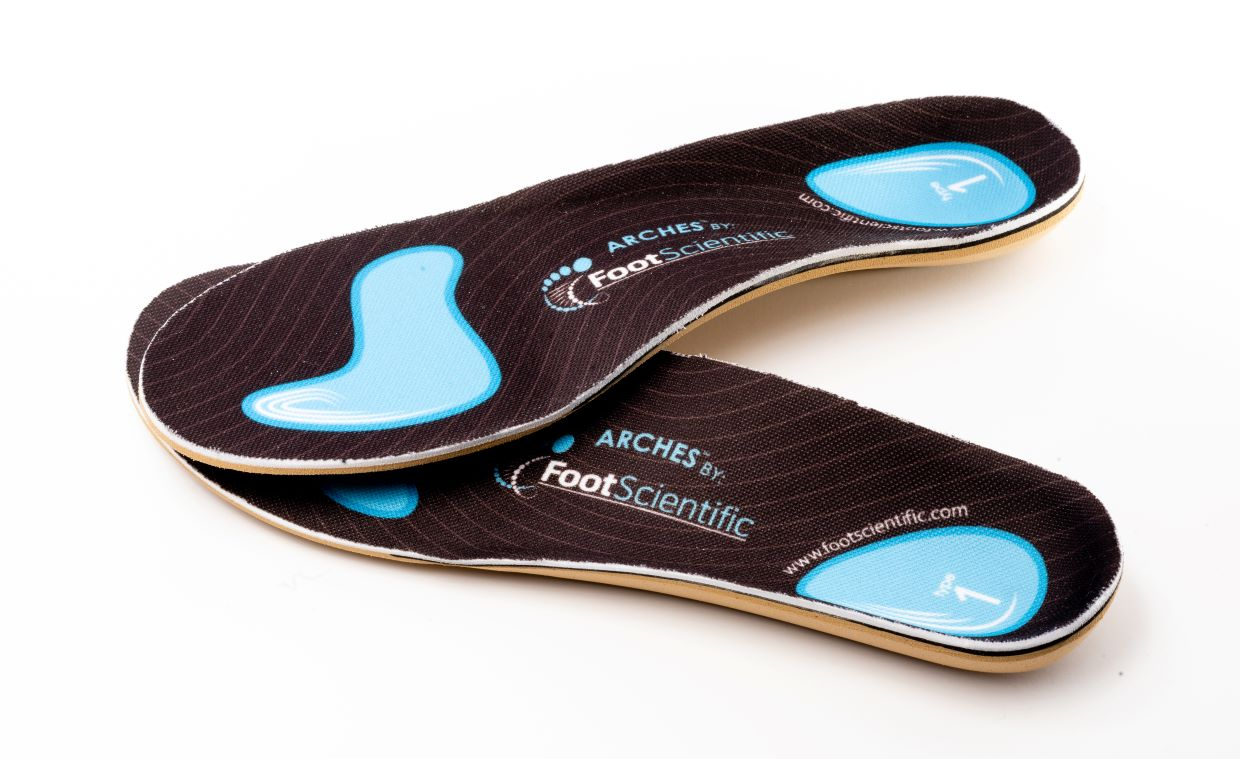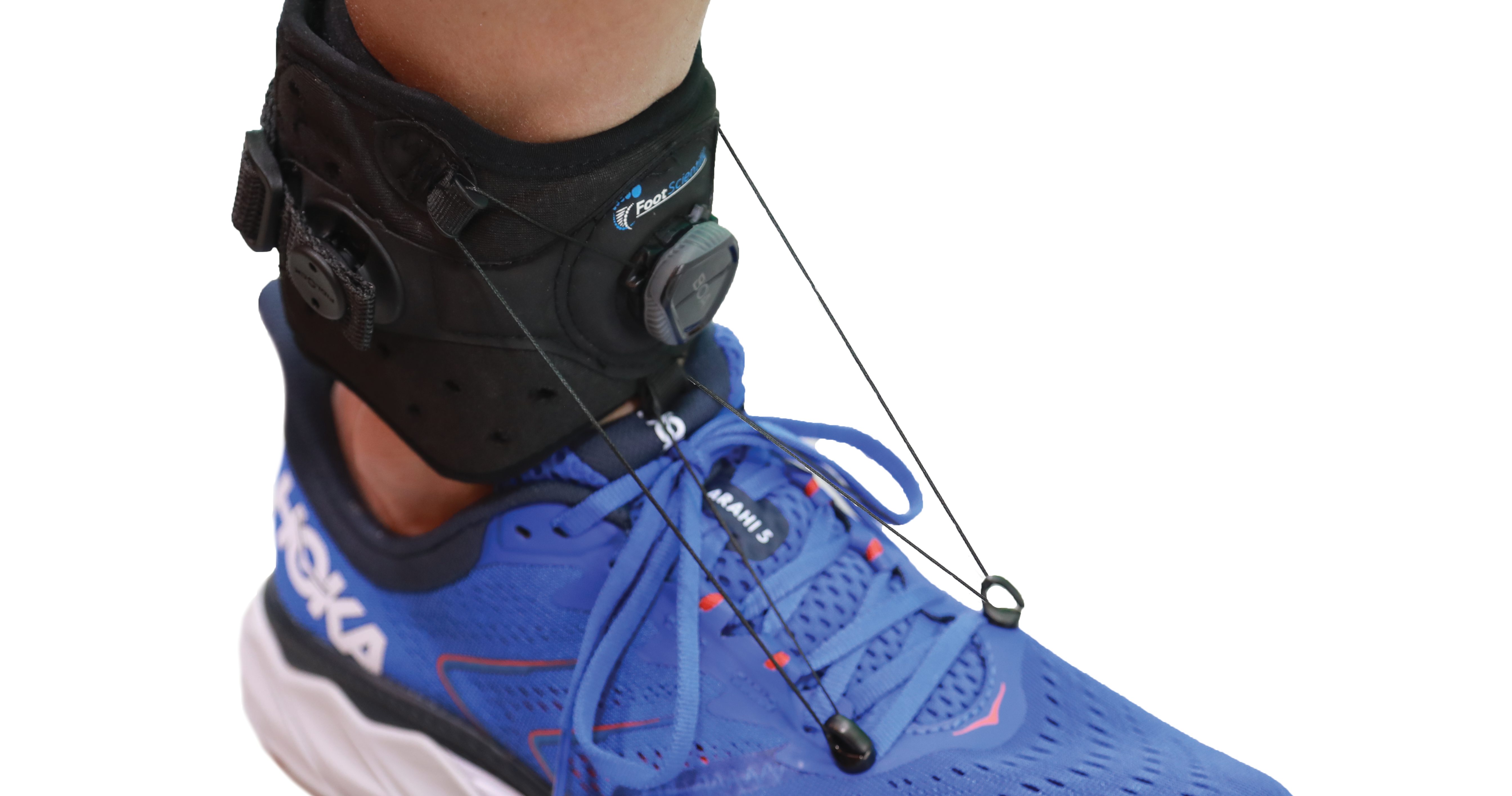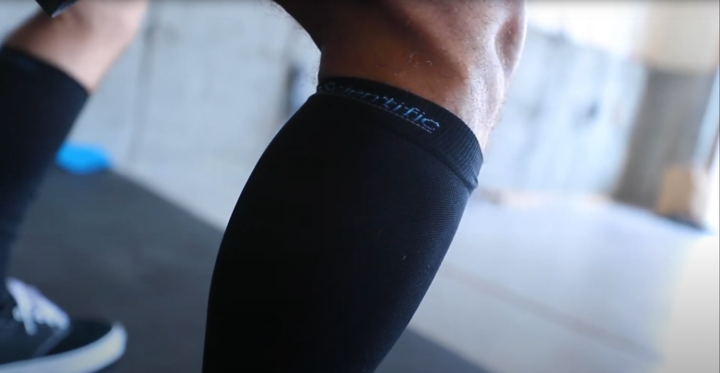Sever's Disease
Sever's Disease is used to describe pain in the back of the heel that comes from an inflamed growth plate in your child's heel. Sever's Disease commonly occurs in children from the ages 8-15. The muscles and tendons become tight as the bones shift and grow. This causes pain when walking or participating in athletic events that require running and jumping.
What causes Sever's Disease?
Sever's Disease is thought to be caused by several reasons:
- Growth spurts. The muscles and tendons become tight due to rapid bone growth.
- Overuse. Sever's Disease can also occur in children who are athletically active and overwork his or her muscles. Some physicians are beginning to caution parents about checking their children's shoes to make sure they fit well and do not pinch or put undue pressure on the child's feet.
- Pronation can also bring on Sever's Disease.
How do I know if I have Sever's Disease?
What are the symptoms of Sever's Disease?
A child suffering from Sever's Disease will complain of pain in his or her heel and may begin limping.
How is Sever's Disease diagnosed?
Sever's Disease can be diagnosed with a physical examination from your child's physician or podiatrist.
What can I do from home for Sever's Disease?
What can I do to prevent Sever's Disease?
You can help prevent Sever's Disease in your child by teaching him or her to warm up and stretch their muscles before and after physical activity.
What treatments can I do from home for Sever's Disease?
One way to help prevent the pain associated with Sever's Disease is to have your child cut back on physical activity for a while in order to let the muscles and tendons catch up with the bone growth. You can also help your child manage his or her pain by icing the affected area.
When should I see a doctor for Sever's Disease?
You should take your child into the doctor if you suspect they have Sever's Disease. The condition is easy to treat and the doctor can help reduce your child's discomfort and pain.
Treatments your doctor may recommend for Sever's Disease
Non-Surgical:
Resting the foot and applying ice to the affected area are some of the most effective methods when it comes to treating Sever's Disease. Make sure the ice is always wrapped in a cloth of some sort. Applying ice directly to the skin can cause frostbite. A monitored stretching program of the lower limbs (particularly of the calf muscles) as well as a small heel lift may also be suggested.




